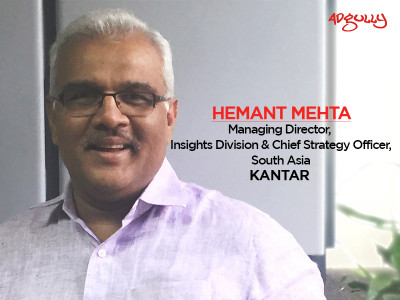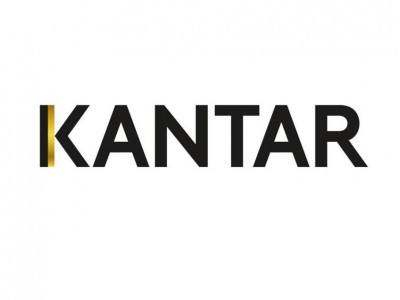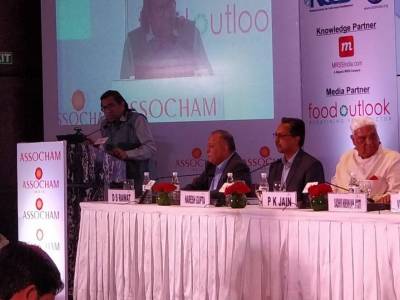Mapping consumer insights to FM bids
Radio e-auctions for Phase 3 sprung many a surprise for those of us having a ringside view. While a city like Bhubaneswar commanded nine times its base price, cities like Mysore just did not move.
Among metros, Delhi fetched a way higher price than Mumbai and Bengaluru, while Chennai could only fetch a price in close proximity to Pune and Ahmedabad – about Rs 10 crore higher than these cities to be precise.
Radio stations, of course, would have done an in-depth analysis of the market, performance of the existing FM stations and of course, local advertising in these cities – simple math would say that more the retail and real estate presence in the market – bigger the revenue opportunities for FM stations. Entertainment (Read TV channels), meanwhile has a presence on FM across geographies.
Having said that, all the above to a large extent depend on consumer behaviour and the consumers’ propensity to buy.
Does purchase behaviour in metros, mini metros and middle India really differ?
Curiosity took over and we tried to figure out how do the consumers in Metros, Mini Metros and Middle India differ as far as consumption pattern goes? Hemant Mehta, Senior Vice President, IMRB explains, “One trend that we are seeing across India is what I call the homogenization of aspirations. Therefore, if we look at IMRB Kantar Worldpanel data on the number of FMCG categories bought by consumers in metros or mini metros and middle India, we don’t see large differences. If consumers in Metros buy 27 FMCG categories in a year, the number drops just by 1 or 2 in case of mini metros and middle India. What differs is the quantity and frequency of purchase by town classes. So consumers in metros might buy a category more often as compared to say consumers in middle India.”
Middle India continues to be the blue eyed territory for marketers as the consumption of most consumer goods continues to grow there. Sarang Panchal, Managing Director, MRSS India explains, “It is common knowledge that middle India has been showing higher value growth in consumption of many consumer goods, especially FMCG. The recent ecommerce boom has also witnessed similar growth. The underlying reason is that there is spending potential in middle India. Now there is also increased awareness and availability of newer products. My view is that in many cities there may actually be greater spending potential among the upper strata of society in Middle India primarily because living costs are fraction of what they are in larger metros. The advent of media awareness and quality of awareness of products has created the desire to possess products consumers may not have coveted a few years ago.”
Both the stalwarts believe that when it comes to metros, mini metros and Middle India there is not much difference in purchasing power, and as the media reach increases, propensity to buy might increase too.
Why then is there such a major difference in FM bids for bigger and smaller cities. One and the biggest reason is the reach – in terms of the population of these cities as well as the real square meters it covers. Taking an example of Mumbai, one can listen to same radio station from Virar to Panvel and even beyond. In case of smaller cities that cannot be the case, which also means shorter drive time listening. Second, to borrow from Hemant, ‘Quantity and frequency of purchase by town classes differs. So consumers in metros might buy a category more often as compared to say consumers in Middle India.’ So the repeat purchase and pack size is bigger in larger cities. Advertisers, therefore, would prefer to put more money in the markets that buy shampoos by bottles and not by sachets.
What makes Delhi the leader of the pack?
The biggest surprise for the FM watchers has been seeing Delhi hop, skip and jump way ahead of Bangalore and Mumbai. As much a part of the market dynamics as it would be of careful research by FM players.
As for the propensity to buy in these markets, both IMRB and MRSS have some interesting knowledge to share. Hemant states, “Our analysis shows that amongst the three cities, Bangalore has the highest propensity to spend. If we look at the data from IMRB’s Wallet Monitor study, we find that Bangalore consumers spend about 10% more than those in Delhi. Another interesting trend we notice is that only a third of the household wallet in Bangalore is spent on food & groceries – this is much lower than in Delhi (40%) and Mumbai (37%).”
As per Sarang though, “Delhi scores over Mumbai primarily because the sheer cost of living [owning a house or renting] is substantially higher in Mumbai. Though costs of food and certain consumer goods are lower in Mumbai, the impact of higher cost of realty leads to a higher overall cost of living in Mumbai.” He adds, “Culturally people in Delhi are used to a better standard of living and also tend to be more aggressive in terms of purchasing items like clothes, cars, etc.so in nett Delhi has a greater propensity to buy than Mumbai. Compared to Bangalore, costs in Delhi are significantly higher so Bangalore certainly has more disposable income. Moreover the city has a younger population, many whom are well paid and for many low value items it would score over Delhi. However my view is that for high value products and services Delhi would be ahead of Bangalore.”
In a nutshell, Delhi spends more on high value items and services, is ahead of both Bangalore and Mumbai when it comes to food and grocery, and also scores over Mumbai when it comes to clothes and cars. Most of these are low hanging fruits for FM stations.
Is there an impact of average drive time?
Interestingly, the experts say that FM listenership has a lot to do with drive time tuning in, and hence the number of cars on the road. As per a Barclay's report titled 'Megatrends: Accelerating urbanization in India', Delhi had maximum number of cars in the country at 7.35 million in the year 2012, followed by Bangalore (4.1 million), Chennai (3.7 million), Hyderabad (3.3 million) and Pune (2.2 million). Strangely though, Mumbai comes in sixth with a little over 2 million cars. It perhaps compensates for it by having much longer drive times at peak hours with the possible exception of Delhi.
Did emerging cities catch FM stations’ imagination?
We asked both MRSS and IMRB to help us with a list of top 10 emerging cities in India. While a few figure in both the lists, some differ. Here are the provisional winning prices for these cities on day 23 of FM auctions:
|
Top 10 emerging cities in India (beyond metros) |
Provisional winning price on Day 23 |
|
|
MRSS |
IMRB |
|
|
Surat |
Surat |
3,60,00,000 |
|
Jaipur |
Jaipur |
28,34,98,387 |
|
Lucknow |
|
14,00,55,000 |
|
Nagpur |
|
7,76,33,411 |
|
Vadodara |
|
NA |
|
Patna |
|
17,89,83,876 |
|
Indore |
Indore |
NA |
|
|
Ludhiana |
NA |
|
|
Kanpur |
8,00,55,000 |
|
|
Bhopal |
NA |
|
Chandigarh |
|
19,04,72,374 |
|
Kochi |
|
15,04,83,548 |
|
Vizag |
|
NA |
All the emerging cities participating in this round of bidding, with a possible exception of Surat have done well. The marketers are focusing on these emerging markets and it could have had an impact on prices they have fetched.
The picture would be clearer as results for all the cities are announced. We would know for sure the key factors that impacted FM bids.
Keeping watching this space!

















Share
Facebook
YouTube
Tweet
Twitter
LinkedIn